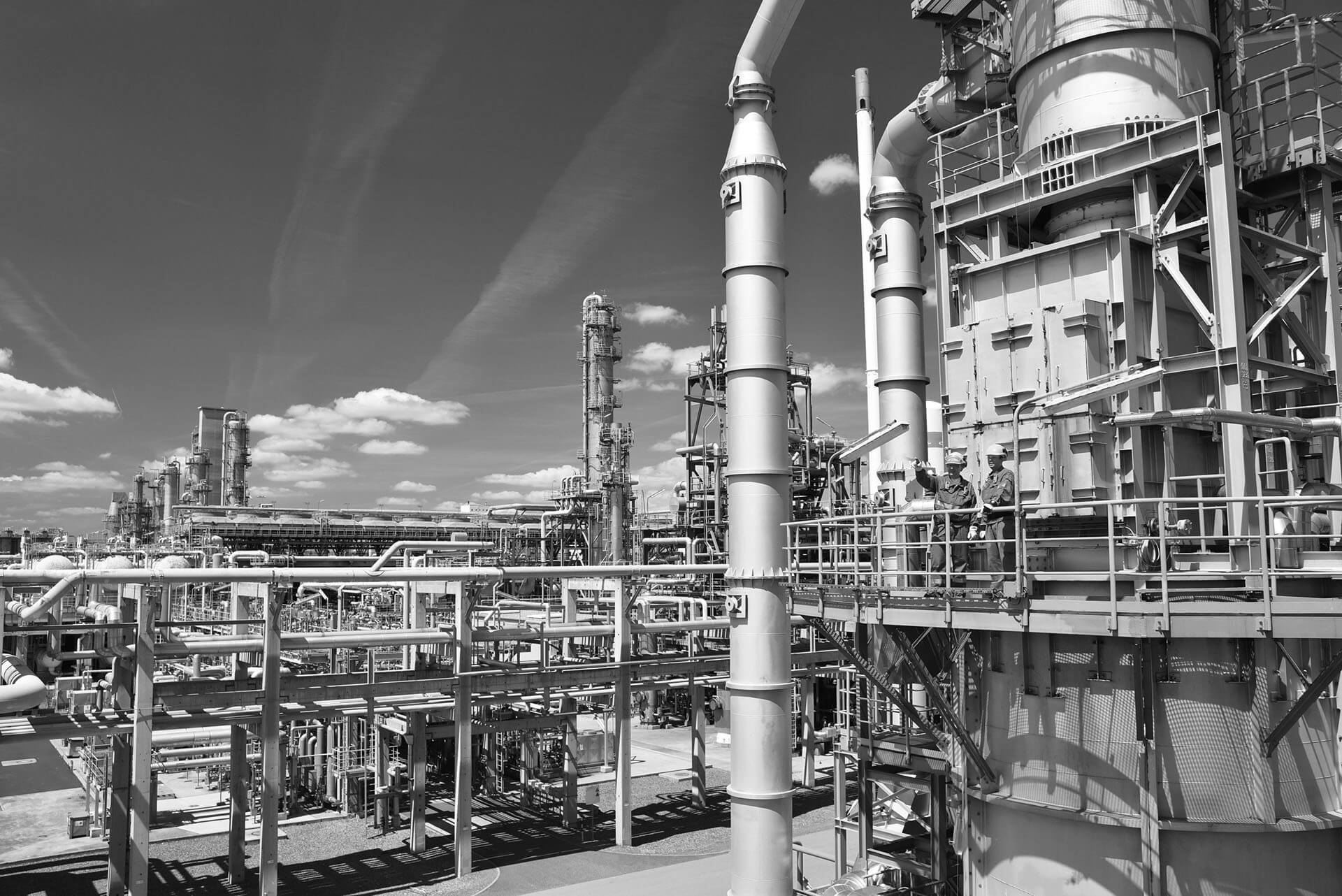Published on 16 March 2022
Energy Market Update: Upstream
Published on 16 March 2022
Going into 2022, the upstream market continues to hold the line with rate and seems determined to achieve an overall rate rise across the portfolio.
The market has bifurcated the portfolio into distinct pools of risk and clients can expect different treatment depending on their asset type and scale. Whilst the large national oil companies’ and international oil companies’ offshore portfolios attract flat to low single digit rises, the mid-market onshore portfolios continue to draw high single digit to double digit rises for clean business. As indicated in the last issue, certain coverages such as Control of Well or Loss of Production Income (LOPI) are being particularly scrutinised and these sections are attracting the highest rises, impacting the stand-alone and smaller scale placements in particular.
Capacity and Premium
Notwithstanding the above, there still seems to be excess capacity for most upstream accounts, especially for business that is larger in scale and with attractive loss records. Capacity overall has increased in 2022 with several new follow market entrants with modest line sizes. In our last issue we noted that the first examples of reductions were evident at the end of 2021 and we expect this trend to continue going forwards, particularly where market competition can be established and placements are able to be successfully remarketed.
Smaller scale clients will still face headwinds regarding minimum premium as across the upstream sector the market seeks to maximise their return on capital. Increasingly, underwriters are imposing minimum premium levels on small business, or introducing artificial rate rises to satisfy this requirement. Mostly, we are seeing this up to USD50,000, however, capacity is limited at this level and so more frequently we are experiencing minimum premiums of USD75,000 with the very real possibility that, as the year develops, this could be anything up to USD100,000, with markets demanding minimum premiums on each section insured. Paired with this is a drive to increase minimum retentions and in some sectors (namely onshore property) we have seen this jump to USD50,000.
Within the industry itself, commodity pricing has rebounded and clients face the best economic environment for several years. However, the COVID-19 pandemic continues to challenge this and there remains caution on investment and preserving cash flow. There are early signs that clients are looking to revalue their portfolio back to higher levels and that utilisation both offshore and onshore is set to rebound. As a result, the market is prepared for a stronger year for premium levels but is wary of a potential increasing loss environment and, as ever, are focussed on profit not income.
ESG and Energy Transition
Global trends towards the Energy Transition and a focus on ESG have seen investors pressure clients or withdraw entirely from the Oil & Gas space, creating a challenging environment for CFOs. Carbon Capture and Storage (CCS) is a popular sector that is gaining much momentum globally as clients, both offshore and onshore, who once were prepared to decommission assets, instead switch to utilising these for extra revenue and tax credits, depending on the territory. The upstream insurance sector is prepared to cover these types of exposure and it is a generally held notion that CCS will become a strand of the upstream sectors portfolio. Focus on ESG within the market has followed the investment space and the Joint Rig Committee (JRC) have published guidance for underwriters to assist them in differentiating between clients. Presently, Lloyd’s stance on various sectors such as Arctic Drilling and Canadian Oil Sands cause a significant challenge for those clients who now seek to showcase their ESG credentials to the market. It is only a matter of time before this trend bleeds into other sectors of the upstream world and so clients should be prepared to field these questions at market presentations.
Offshore Construction
2021 also saw another increase in offshore construction activity. As market cycles have shown us before, in line with the barrel price rebounding, oil companies shift their focus to growth, and as such, the projects that have been put on hold start to get sanctioned. This upshift in activity always attracts insurers to look at this quick fix for new premium and annual growth. We have seen some fierce competition between leading insurers to secure certain construction projects if they fit a preferred structure between operator and principal contractor and type of build – surface over subsea always being a preference. However the appeal for this class of business has not waned with some insurers. The attrition of post-year losses continue to damage the book and, as result, ratings and retentions are being increased marginally with a shift to only accepting a minimum rate on line for any construction.

Matt Byatt
Matt began his career at the JLT Group specialising in energy package programmes with a strong emphasis on North American business. After 14 years, Matt moved to Alesco with a significant development role in terms of new business, placing and implementation of complex programmes worldwide. Matt’s extensive international Upstream marketing and placement experience aligns with clients’ needs, and he will work closely with his broking colleagues and our servicing team, including claims when the situation arises.


